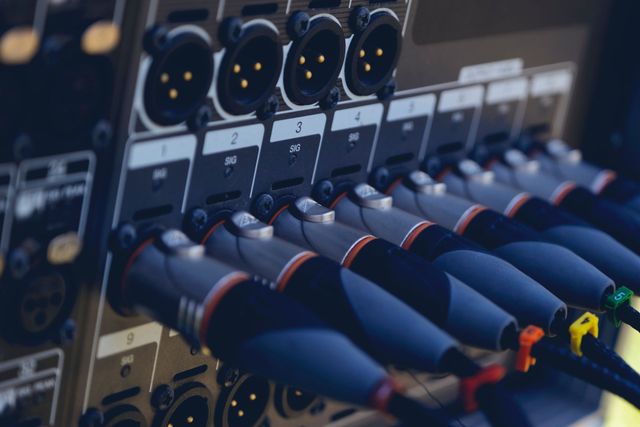
Placing surveillance cameras effectively effectively remains crucial to enhancing surveillance across various settings, such as residences, commercial properties, and public spaces. The primary objective of security cameras is to discourage crime while also provide proof in instances of incidents. To attain this, it is important to take into account several elements, including surveillance camera placement, range of view, as well as the specific zones that require oversight. By understanding these factors, people as well as organizations can develop a comprehensive monitoring plan that maximizes the efficacy of their security solutions.
One of the first actions in positioning surveillance cameras involves to identify critical locations that need surveillance. High-risk areas, including entrances, exit points, parking areas, and areas with high-value assets, must be prioritized. It also important to consider blind spots, that are locations that might not be visible from specific angles. By charting out these critical locations, surveillance personnel can guarantee that every nook is observed, reducing the chances of criminal activity going unnoticed. Additionally, installing cameras at key points can help form a comprehensive perspective of the premises, allowing for improved total surveillance coverage.
The viewing angle of a surveillance camera remains another important factor to take into account. Different kinds of surveillance systems offer different ranges of view, that can influence how much space is recorded in the footage. For instance, broad-view cameras can cover bigger spaces, rendering them perfect for open areas, while pan-tilt-zoom systems can be adjusted to focus on particular details. When positioning surveillance systems, it is essential to choose the right type based on the location being observed. This ensures that the system can record clear images and provide important information in case of an occurrence.
Height and tilt of installation also play a crucial part in the efficacy of surveillance cameras. Cameras visite site should be installed at a level that remains out of reach of potential tampering but still allows for clear visibility of identifying features and additional recognizable features. A common recommendation is to mount systems at least eight to ten feet off the floor. Additionally, the tilt at which the camera remains set can affect its capability to capture important details. Cameras should be tilted to reduce glare and avoid obstructions, guaranteeing that they can capture clear footage at any moments.
In conclusion, regular maintenance and updates to the surveillance system are essential for long-term efficacy. This entails checking camera performance, wiping lenses, and making sure that firmware is up to date. Frequent evaluations of the surveillance strategy can help detect any additional blind spots or locations that might need additional coverage. By remaining vigilant and making necessary changes, individuals and entities can improve their surveillance efficacy and ensure that their surveillance solutions continue to serve their designated purpose.